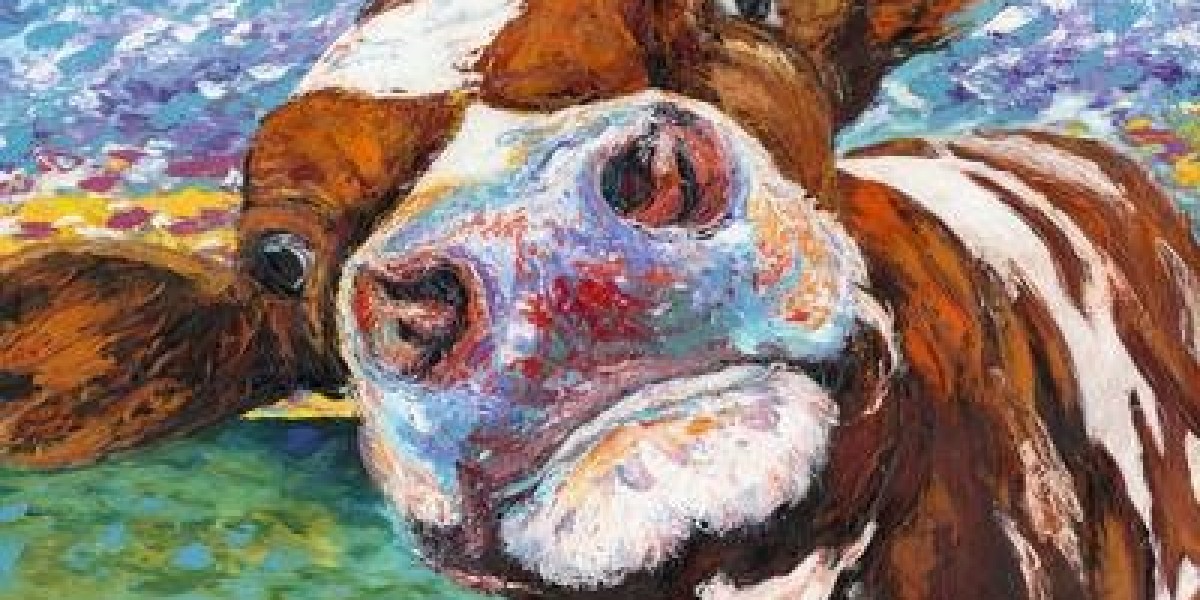animal art, a genre that celebrates the diversity and beauty of the animal kingdom, has enchanted people across different cultures and time periods. From ancient cave paintings to contemporary digital art, animal art remains a vital form of expression, reflecting humanity's deep connection with nature.
The earliest examples of animal art are found in prehistoric cave paintings, such as those in Lascaux, France, and Altamira, Spain. These ancient artworks, depicting animals like bison, horses, and deer, reveal the importance of animals in the daily lives and spiritual beliefs of early humans. The detailed and dynamic representations suggest that these animals were not just sources of food, but also revered creatures, possibly believed to possess spiritual significance.
As civilizations developed, the role and representation of animals in art evolved. In ancient Egypt, animals were deeply symbolic and often associated with gods and goddesses. For example, the falcon-headed god Horus represented the sky and kingship, while the jackal-headed Anubis was associated with mummification and the afterlife. Similarly, in ancient Greece and Rome, animals were depicted in mythology and daily life, embodying qualities like strength, courage, and wisdom.
The Renaissance period brought a renewed focus on realism and the natural world in art. Artists like Leonardo da Vinci and Albrecht Dürer meticulously studied animal anatomy, striving for precision and lifelike representations. Their works marked a significant advancement in the portrayal of animals, blending scientific inquiry with artistic skill.
In modern times, animal art has expanded into new mediums and styles. Digital art, photography, and mixed media have opened up fresh avenues for artists to explore and express their creativity. Notable wildlife artists such as Robert Bateman and Nick Brandt use their art to highlight conservation issues, bringing attention to endangered species and the impact of human activities on natural habitats. Their works often evoke a sense of urgency and empathy, encouraging viewers to take action in preserving wildlife.
Moreover, the advent of social media and online platforms has democratized animal art, allowing amateur and professional artists alike to share their creations with a global audience. This accessibility has fostered a vibrant community where diverse styles and interpretations flourish, from whimsical cartoons to hyper-realistic portraits.
Animal art, in all its forms, serves as a powerful reminder of the intrinsic bond between humans and animals. It celebrates the beauty, complexity, and diversity of the animal world, inviting viewers to appreciate and protect the creatures with whom we share our planet. Whether through traditional painting or innovative digital techniques, animal art continues to captivate and inspire, reflecting the timeless allure of the natural world.



